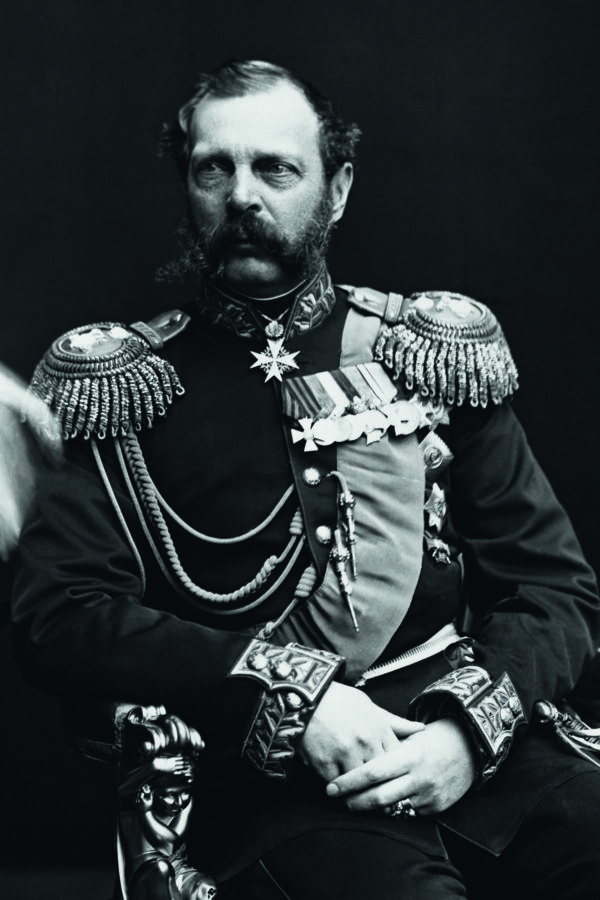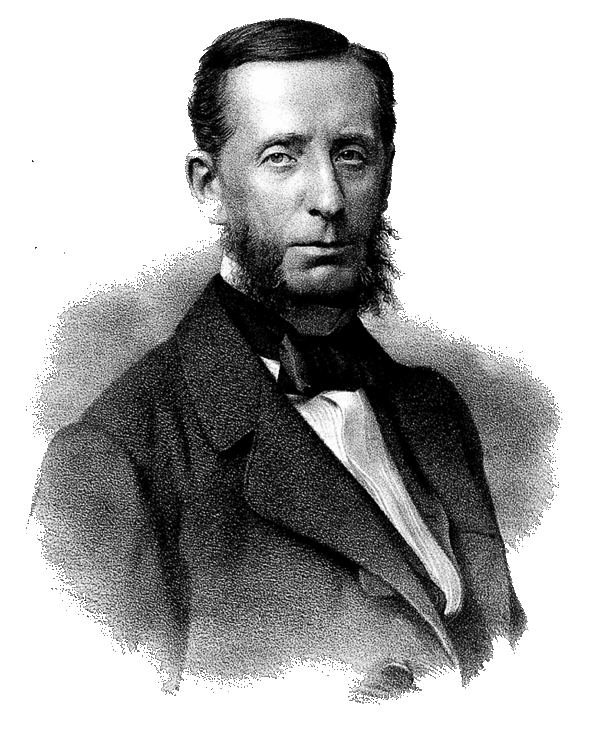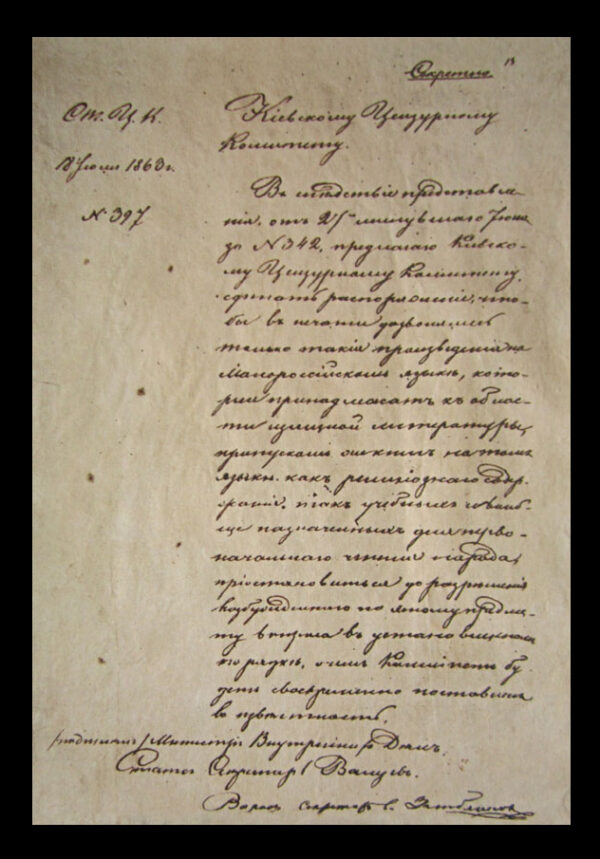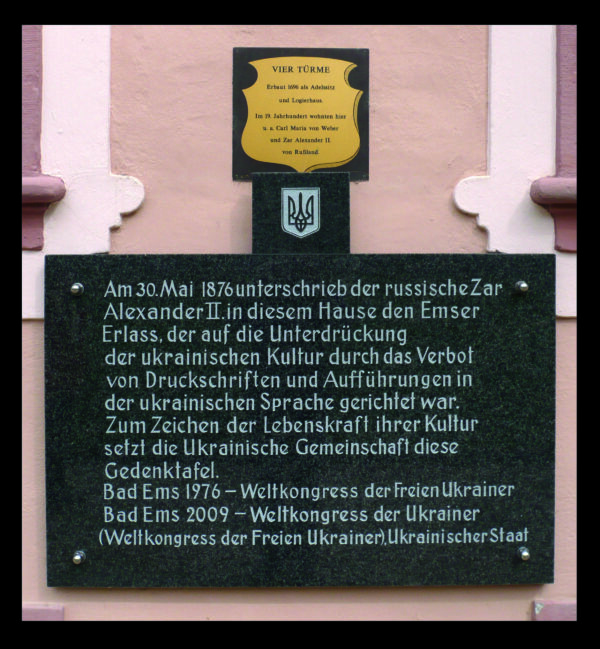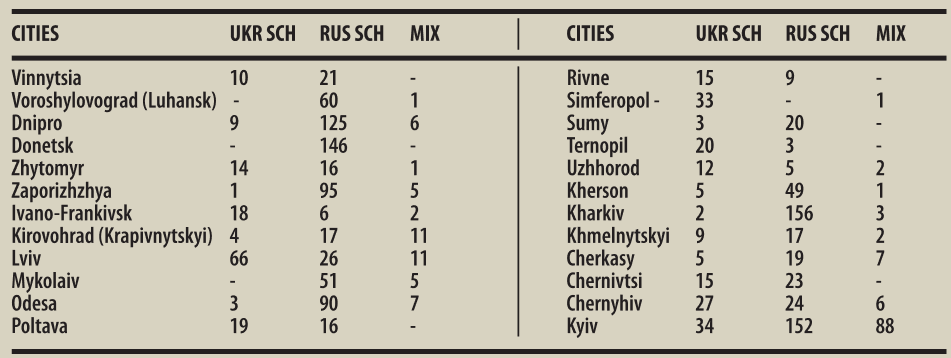“There was no Malorossian language, there is not one, and there cannot ever be one”
from a letter from the Minister of Internal Affairs of the Russian Empire Pyotr Valuev to the Minister of National Education.
19th century
In the 19th century, the Russian authorities continued and intensified the linguocide in Ukraine, which continued even when Russia called itself the USSR, and since 2014 has continued in the occupied territories of Ukraine.
1804 – Ban on Ukrainian schools and teaching in Ukrainian.
1811 – Closure of the Kyiv-Mohyla Academy.
1832 – Reorganization of education in Right-Bank Ukraine with mandatory teaching in Russian.
1847 – Members of the Cyril and Methodius Brotherhood were repressed and books by Shevchenko, Kulish, Kostomarov and other Ukrainian authors were banned.
1862 – Closure of Ukrainian Sunday schools and the Ukrainian magazine “Osnova”.
1861 – 6 thousand copies of the Ukrainian primer, which Taras Shevchenko published for Sunday schools, were confiscated and later destroyed by Metropolitan Arseny on the recommendation of the authorities.
1863 – Valuev’s circular – a secret order by Valuev to suspend the publication of books in Ukrainian, approved by Alexander II (Romanov).
1870 – An explanation by Russian Minister of Education Dmitry Tolstoy appeared stating that “the ultimate goal of the education of all foreigners must undoubtedly be Russification.”
1876 – Alexander II in the German city of Bad Ems issues the Ems Decree, according to which it is forbidden to print books in Ukrainian, teach in primary schools in Ukrainian, perform musical works in Ukrainian, print Ukrainian folk songs, put on plays, and it is forbidden to import books in Ukrainian into the territory of the Russian Empire.
It was also ordered to appoint Moscovite teachers to work in Ukraine, and Ukrainian teachers to be sent to work in the St. Petersburg, Kazan, and Orenburg districts. Thus, the Ukrainian intelligentsia was massively replaced by Russians.
1881 – New ban on teaching in Ukrainian in schools and preaching in Ukrainian.
1884 – Alexander III bans Ukrainian theatrical performances in the provinces of “Malorossia”.
1892 – Ban on translations into Ukrainian from Russian.
1895 – Ban on publishing children’s books in Ukrainian.
20th century
1911 – The 7th Congress of the Nobility in Moscow adopts a resolution on exclusively Russian-language education and a ban on other languages in schools.
1914 – Ban on the Ukrainian press and celebration of Shevchenko’s 100th anniversary.
1914-1916 – Ban on the Ukrainian language, church education in occupied by the Russians* territories of western Ukraine.
*in a new article on the website “Local History”, writer Yuriy Vynnychuk noted that one of the main reasons for Russia’s entry into World War I was its desire to occupy Galicia in order to put an end to the spread of the Ukrainian idea and Ukraine itself. Since 1909, the Russian authorities have allocated tens of thousands of rubles to the Moscovite movement in Galicia.
1922 – The ruling theory of the struggle of peasant (Ukrainian) culture against urban (Russian) culture, in which the urban culture wins.
1926-1933 – The cessation of “Ukrainization” and the beginning of mass repressions against its leaders.
1938 – Resolution on the mandatory study of the Russian language in schools of the USSR.
1958 – The right for parents of students to freely choose the language of instruction in school and not to study other languages (except Russian).
1970 – From this year on, dissertations in the USSR can only be defended in Russian.
Until 1990, the status of the Russian language in the USSR was repeatedly raised to
“official”.
By a separate decree, teachers who taught in Russian began to be paid 15% more than those who taught in Ukrainian.
■ office work in museums was transferred to Russian,
■ a constant decrease in the percentage of books printed in Ukrainian.
■ The number of Ukrainian schools fell to very few or zero even in large cities.

